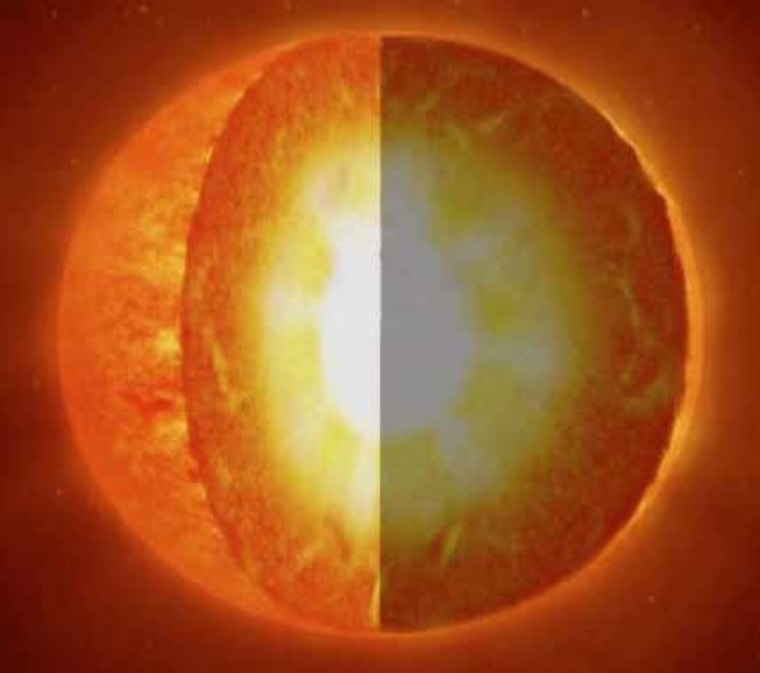Starquakes, a phenomenon as fascinating as it sounds, offers astronomers a unique window into the internal structure and composition of stars. Similar to earthquakes on Earth, starquakes are seismic activities occurring on stars, causing them to oscillate. These oscillations provide valuable insights into the stellar structure, much like how seismologists study Earth's interior during earthquakes.
What Causes Starquakes?
Starquakes are primarily caused by the intense gravitational forces acting within the star. These forces can cause the star's crust to crack, leading to a starquake. In neutron stars, the densest and smallest stars in the universe, starquakes can be triggered when the star's rigid crust, under immense gravitational pressure, suddenly 'snaps' back into a more spherical shape.
How are Starquakes Detected?
Starquakes are detected through a method called 'asteroseismology.' This involves studying the oscillations of stars. These oscillations cause variations in the star's brightness, which can be observed using telescopes. By analyzing these variations, astronomers can infer the size, age, and internal structure of the star.
The Significance of Starquakes
The study of starquakes has numerous implications for our understanding of the universe:
- Stellar Structure and Evolution: Starquakes can reveal the internal structure of stars, providing insights into their physical properties and evolutionary stages.
- Exoplanet Discovery: The study of starquakes can also aid in the discovery of exoplanets. When a planet passes in front of a star, it causes a slight dip in the star's brightness. By studying these dips, astronomers can identify potential exoplanets.
- Neutron Stars and Pulsars: Starquakes in neutron stars can help us understand these dense celestial bodies better. The sudden release of energy during a starquake can cause a neutron star to 'glitch,' or speed up its rotation. Studying these glitches can provide valuable insights into the nature of neutron stars and pulsars.
- Cosmic Distance Measurement: Starquakes can also help measure cosmic distances. The oscillations can be used to determine a star's intrinsic brightness, which can then be compared with its apparent brightness to calculate its distance from Earth.
Starquakes are not just fascinating celestial phenomena; they are powerful tools for astronomers to probe the mysteries of the universe. As our capabilities in asteroseismology advance, we can look forward to many more exciting discoveries in the years to come.
Tags:
Cosmology

